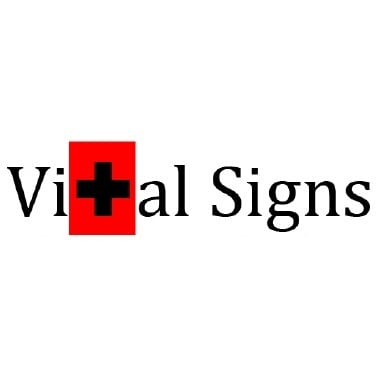Societal Impact on Emergency Care
Societal Impact on Emergency Care
A Scoping Review of Current Social Emergency Medicine Research
Westjem Read More
Societal Impact on Emergency Care
Barriers to Accessing Acute Care for Newly Arrived Refugees
Westjem Read More
Societal Impact on Emergency Care
How a Bill Becomes a Law, or How a Truly Terrible Bill Becomes Less Awful
Westjem Read More
Societal Impact on Emergency Care
Emergency Department Experience with Novel Electronic Medical Record Order for Referral to Food Resources
Westjem Read More
Societal Impact on Emergency Care
Why Emergency Physicians Should Care About the Salton Sea
Westjem Read More
Societal Impact on Emergency Care
Emergency Department Use across 88 Small Areas after Affordable Care Act Implementation in Illinois
Westjem Read More
Societal Impact on Emergency Care
Why the EMTALA Mandate for Emergency Care Does not Equal Healthcare “Coverage”
Westjem Read More
Societal Impact on Emergency Care
Impact of Health Policy Changes on Emergency Medicine in Maryland Stratified by Socioeconomic Status
Westjem Read More
Societal Impact on Emergency Care
Emergency Medical Treatment and Labor Act (EMTALA) 2002-15: Review of Office of Inspector General Patient Dumping Settlements
Westjem Read More
Societal Impact on Emergency Care
The Changing Use of Intravenous Opioids in an Emergency Department
Westjem Read More
Societal Impact on Emergency Care
Transformative Leadership: Emergency Physicians Lead AOA and AMA
Westjem Read More
Societal Impact on Emergency Care




